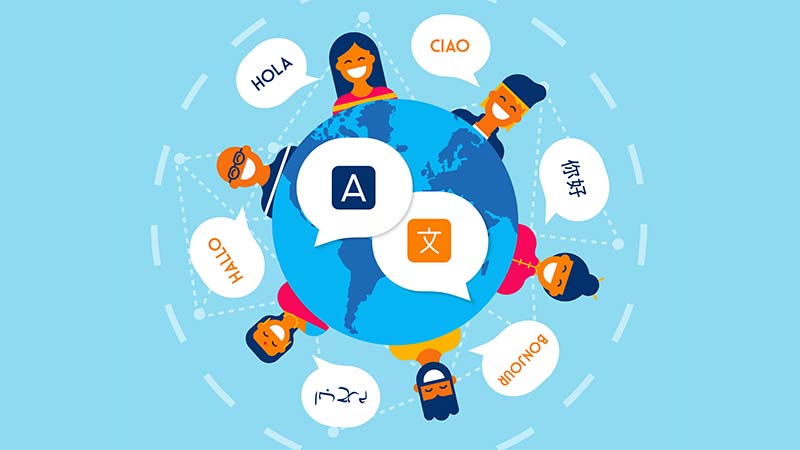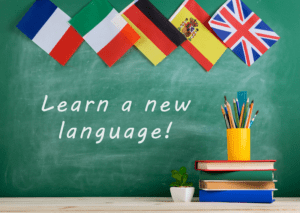Introduction: The Linguistic Tapestry of Our World
Our world is a mosaic of cultures, traditions, and languages. Every language tells a story, encapsulating histories, values, and worldviews. In this globalized era, multilingual education is not just an asset but a necessity. But what makes multilingual and bilingual education so pivotal?
The Multifaceted Benefits of Multilingual Education
- Cognitive Advantages
Studies have consistently shown that multilingual individuals exhibit enhanced cognitive abilities. They’re adept at problem-solving, display better memory retention, and have an edge in multitasking. Learning multiple languages exercises the brain, making it more agile and sharp.
- Cultural Appreciation
Language is a gateway to culture. When students learn a new language, they’re also introduced to the cultural nuances, traditions, and values associated with it. This fosters cultural sensitivity and a deeper appreciation for global diversity.
- Enhanced Career Opportunities
In the global job market, multilingualism is a prized skill. From diplomacy and international business to tourism and social work, numerous professions value individuals who can bridge linguistic barriers.
- Improved Communication Skills
Multilingual individuals often develop superior communication skills. They become adept at understanding context, reading non-verbal cues, and adapting their communication style to different audiences.
- Strengthened Academic Performance
Bilingual students often outperform their monolingual counterparts in standardized tests. The skills honed through multilingual education, such as analytical thinking and improved memory, contribute to academic excellence.
The Bilingual Classroom: Best Practices
- Immersion is Key
The most effective way to learn a language is through immersion. Schools that offer bilingual education often adopt an immersive approach, where subjects are taught in both languages, ensuring students think and communicate in both tongues.
- Cultural Integration
Language lessons should be intertwined with cultural lessons. Celebrating festivals, reading literature, and understanding historical contexts make language learning more engaging and meaningful.
- Encourage Peer Interaction
Students learn best when they communicate with each other. Group activities, discussions, and projects can facilitate peer-to-peer language practice.
- Use of Technology
Language learning apps, online courses, and interactive games can supplement classroom teaching, making the learning process more dynamic.
- Continuous Assessment
Regular assessments, both formal and informal, can gauge a student’s progress and identify areas that need reinforcement.
Challenges and Overcoming Them
While the benefits of multilingual education are manifold, it’s not without challenges. There might be resistance from parents, a lack of qualified teachers, or limited resources. However, with community engagement, continuous teacher training, and leveraging digital tools, these challenges can be surmounted.
Conclusion: The Future is Multilingual
In an interconnected world, multilingual education is the bridge that connects diverse communities. It’s an investment in the future, preparing students for global citizenship. As Nelson Mandela aptly said, “If you talk to a man in a language he understands, that goes to his head. If you talk to him in his language, that goes to his heart.” Multilingual education, thus, is not just about languages; it’s about forging connections, understanding differences, and building a more inclusive world



